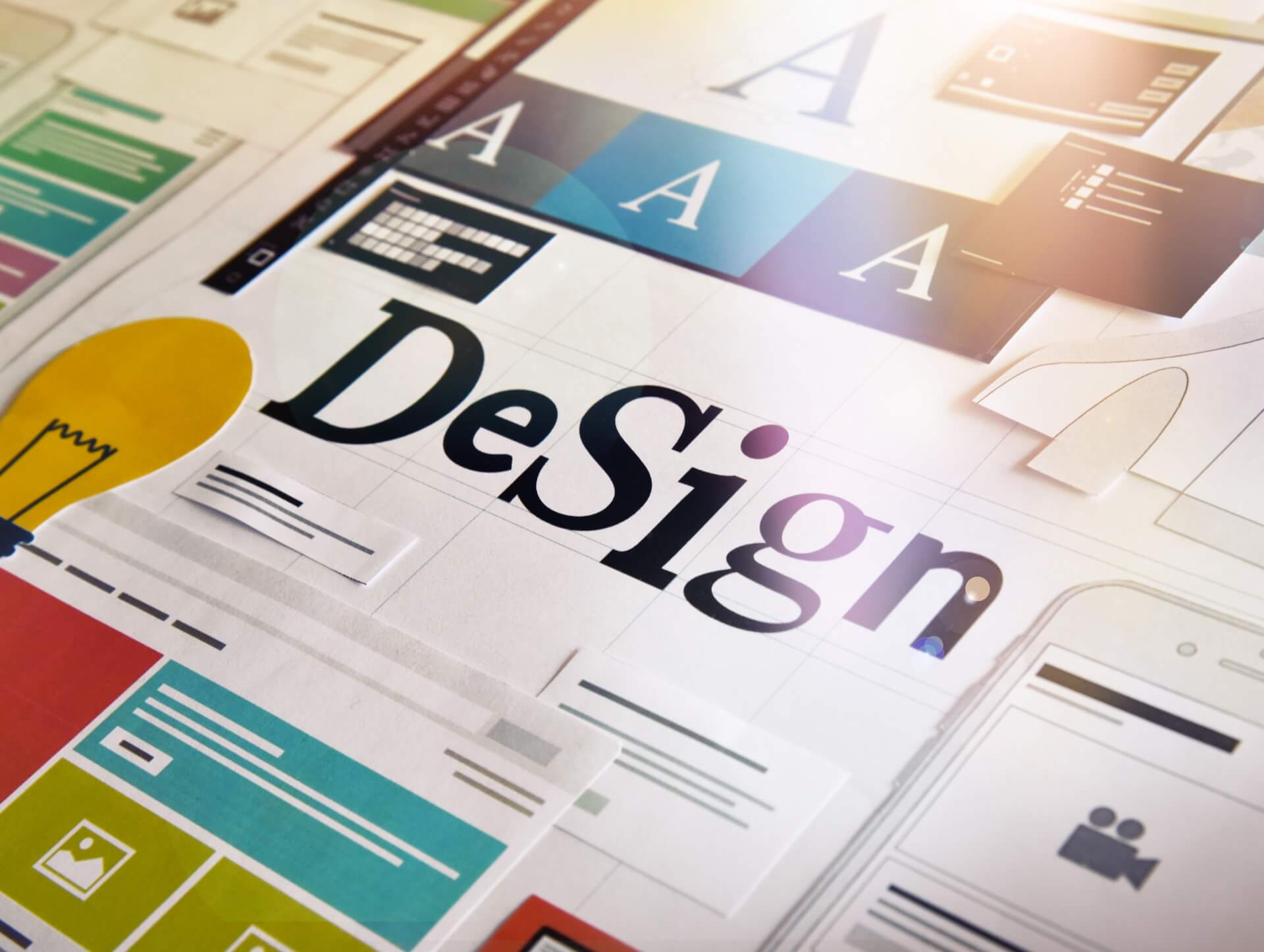The impact of machine learning on graphic design maintenance strategies

06/09/2023
Graphic design plays a crucial role in establishing brand identity and creating custom designs that resonate with the target audience. Traditionally, businesses have relied on design agencies or in-house designers to fulfill their design needs. However, with the advancements in technology, specifically machine learning, the landscape of graphic design maintenance strategies is rapidly changing. In this article, we will explore the impact of machine learning on design partnerships and the future of design maintenance.
The Evolution of Design Services
In the past, businesses would engage design agencies or hire in-house designers to handle their design needs. This approach often involved signing up for monthly design services or retainer packages, providing access to a dedicated designer who would work on various design projects. The goal was to establish brand consistency and ensure ongoing design support.
While this approach worked well for many businesses, it had its limitations. Design agencies often had a limited pool of designers, and it was challenging to find the right designer with the required expertise for each specific project. Moreover, the design process involved extensive back-and-forth communication, leading to delays and revisions.
Machine learning has revolutionized the design industry by offering tailored design solutions and improving the design partnership experience. With machine learning algorithms, businesses can now leverage design expertise in a more efficient and cost-effective manner.
The Role of Machine Learning in Design Maintenance
Machine learning algorithms have the ability to analyze vast amounts of design data and extract valuable insights. By understanding the patterns and preferences in design, machine learning algorithms can generate high-quality design recommendations and even create original designs.
One of the key benefits of machine learning in design maintenance is the ability to provide unlimited revisions. Traditionally, design agencies and in-house designers would charge additional fees for revisions beyond a certain limit. However, with machine learning, businesses can receive unlimited revisions without incurring additional costs. This allows for a more iterative and collaborative design process.
Furthermore, machine learning algorithms can enhance brand consistency by analyzing existing design assets and creating templates and guidelines for future designs. This ensures that all design outputs align with the brand's visual identity.
The Future of Design Partnerships
With the integration of machine learning in design maintenance strategies, the future of design partnerships is expected to be more efficient and productive. Design agencies and businesses can now collaborate on a more strategic level, focusing on creative consultation services rather than the execution of design tasks.
Machine learning algorithms can take care of the repetitive and time-consuming design tasks, allowing designers and businesses to dedicate their time and efforts to more high-level creative work. This shift in focus enables a more productive and satisfying creative collaboration.
Design agencies can also leverage machine learning to offer tailored visual identity solutions to their clients. By analyzing the client's brand and target audience, machine learning algorithms can generate design recommendations that align with the brand's values and resonate with the target audience. This level of personalization enhances the overall design experience and strengthens the design partnership.
The Importance of Creative Expertise
While machine learning algorithms can automate many design processes, the importance of creative expertise cannot be undermined. Designers bring a unique perspective and understanding of aesthetics that cannot be replicated by machines.
Machine learning algorithms can assist designers by providing design recommendations and streamlining the design process. However, the final decision-making and creative direction should still be in the hands of the designers. This ensures that the designs maintain their artistic and emotional appeal.
Design agencies and businesses should focus on fostering a collaborative environment where designers and machine learning algorithms work together to achieve the best design outcomes. By combining the power of technology with human creativity, design partnerships can thrive in the era of machine learning.
Conclusion
The impact of machine learning on graphic design maintenance strategies is undeniable. It has revolutionized the way businesses approach design partnerships and opened up new possibilities for creativity and efficiency. With machine learning algorithms, businesses can benefit from tailored design solutions, unlimited revisions, and enhanced brand consistency.
However, it is important to remember that machine learning algorithms are tools that complement the creative expertise of designers. The future of design partnerships lies in the collaboration between designers and machines, where each brings its unique strengths to the table.
Contact us

Spanning 8 cities worldwide and with partners in 100 more, we’re your local yet global agency.
Fancy a coffee, virtual or physical? It’s on us – let’s connect!

